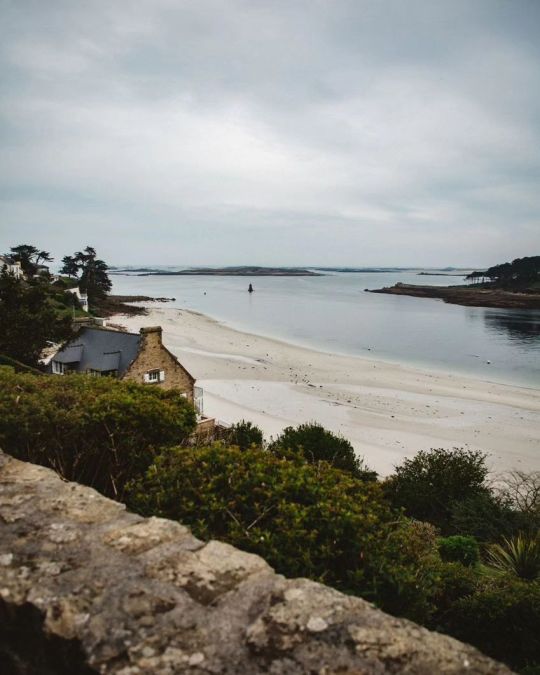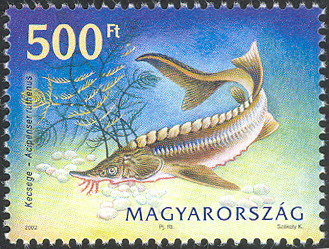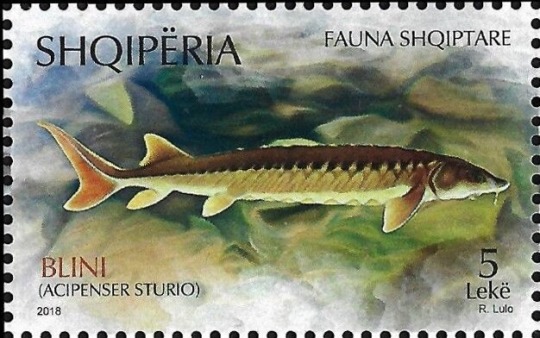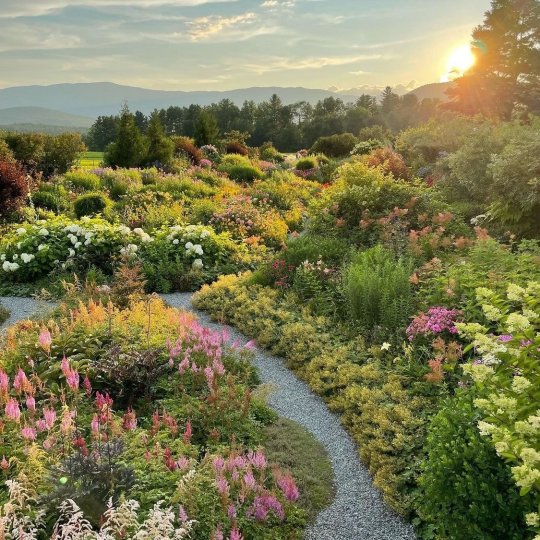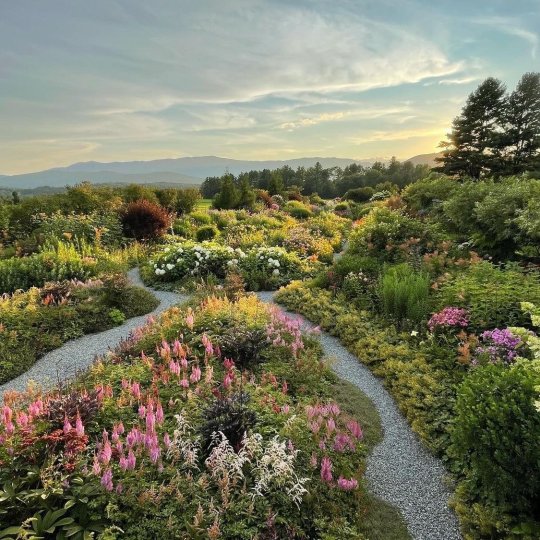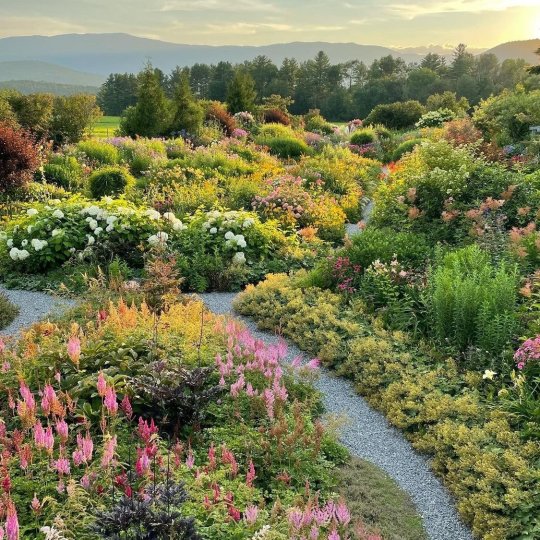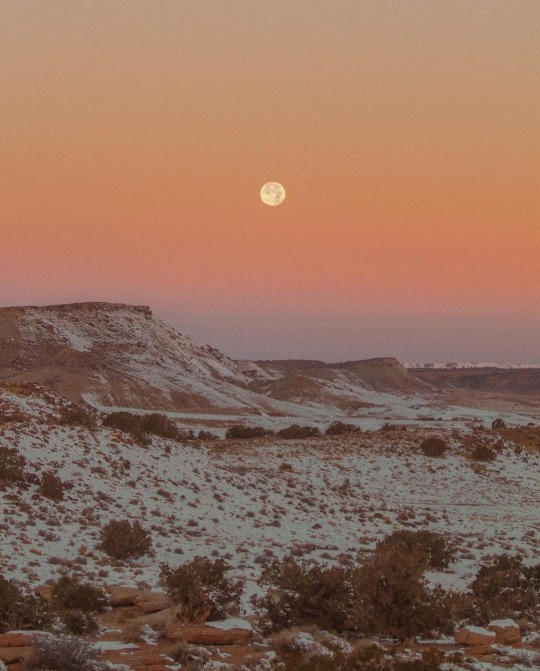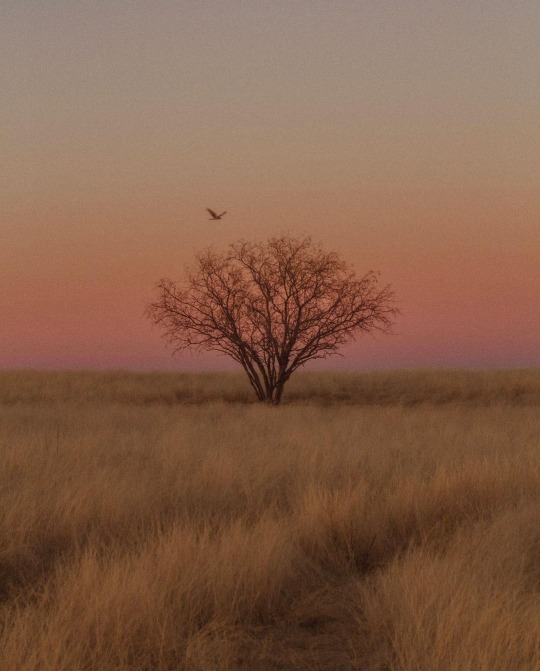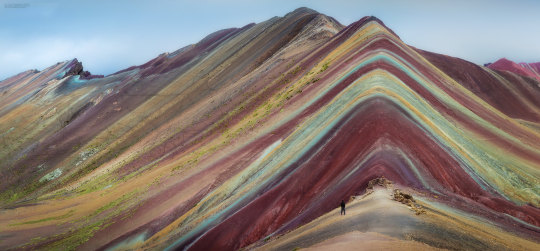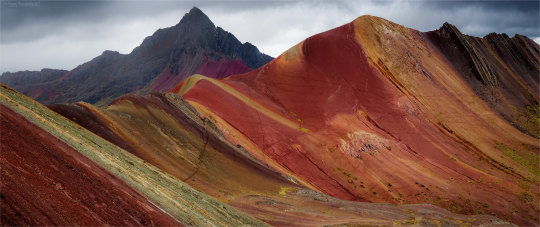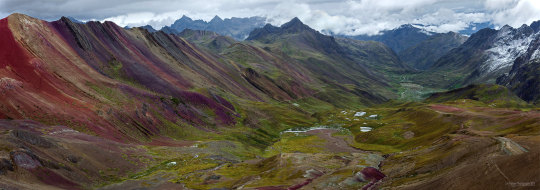Text

will i ever stop drawing archaeopteri? no never next question
you can get this design at my redbubble
7K notes
·
View notes
Text


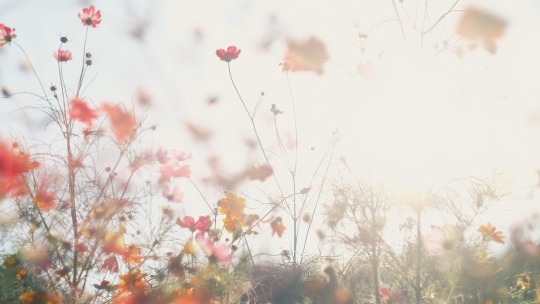





The fantasy world of flowers and light will soothe your soul.
2K notes
·
View notes
Text
Daily fish fact #702
Dwarf seahorse!
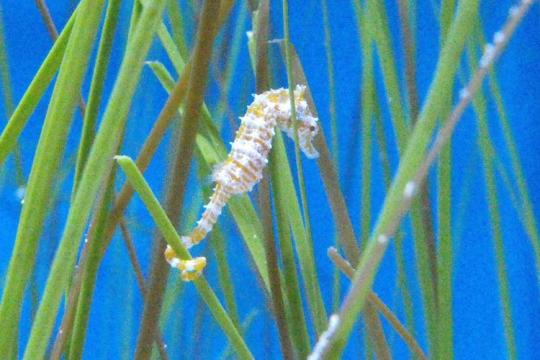
It is said to be the slowest-moving fish, only reaching a speed of about 1.5 meters per hour (5 feet.. per hour). This is really no surprise, as seahorses can only swim via undulating their dorsal and pectoral fins, and dwarf seahorses usually reach sizes of about three centimeters (one inch)!
102 notes
·
View notes
Text

Vast and Immersive
Great Sand Dunes National Park
281 notes
·
View notes
Text
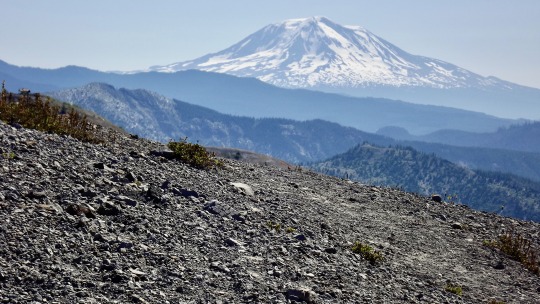
Mt. Adams from Windy Ridge, Mt. St. Helens National Volcanic Monument, Washington, 2014.
44 notes
·
View notes
Text
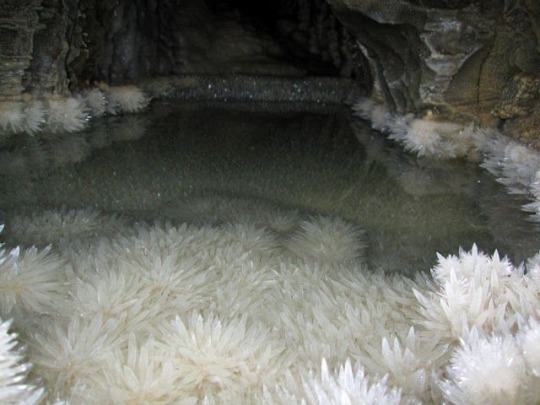

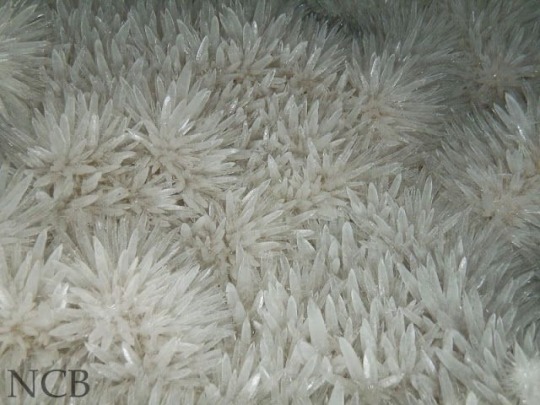
nettlebed cave: the deepest cave in the southern hemisphere, located in mount arthur, new zealand
8 notes
·
View notes
Text

Today!! The Twin Sisters came out for just a short time and the sun hit them just right.
Rathbone Road - Lynden, WA
74 notes
·
View notes
Photo

dont support industries that are driving animals to extinction thank you!
263K notes
·
View notes
Text
i just had a dream that my parents had a crab and i went to feed him and my mom goes "we dont feed him until hes in his costume" and then 5 minutes later he's swimming around the tank in a vampire outfit
17K notes
·
View notes
Text
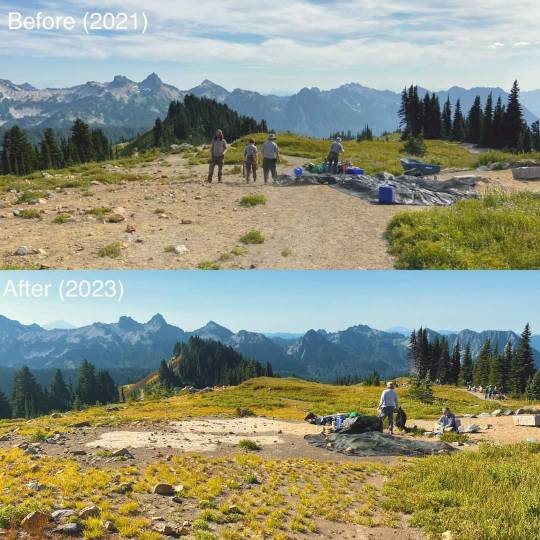
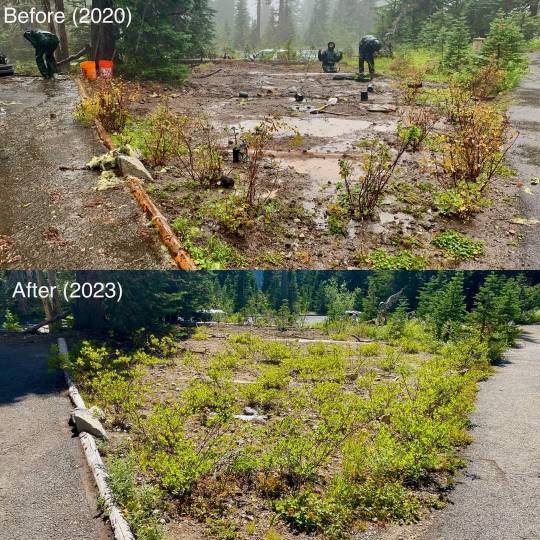
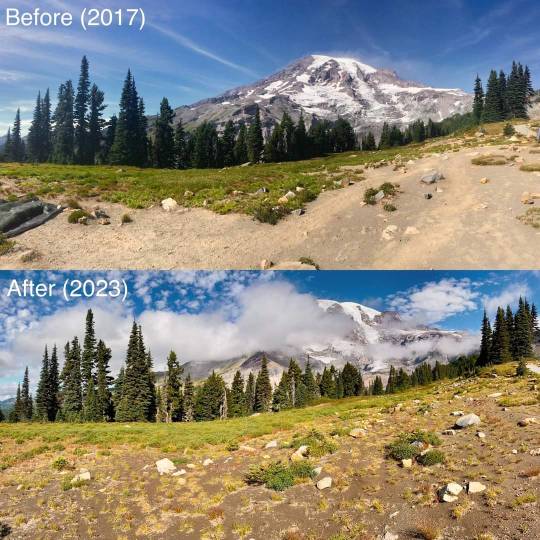

From Ranier National Park (Mt. Tahoma)
Ever wonder why subalpine vegetation is a little more sensitive to footsteps than the plants on your trails at home? Why are park employees so passionate about keeping visitors on trail even when it appears that they’re just stepping on dirt? Let’s get down to the root of things…
The beautiful & diverse vegetation you see is adapted to survive the harsh subalpine environment and has a limited growing season. Small and long-lived, these plants grow in dense patches to withstand the elements, over centuries merging to form lush subalpine meadows. Because they are covered in snow 9 months of the year, subalpine plants have a short period to grow, flower, pollinate and produce seeds. Can you imagine the stress you’d be working under with that kind of timeline? Now add in a million people crowding you on top of that. What might seem like a harmless step off trail has a greater impact than you might think.
It takes ~40,000+ plants and 2+ months to restore a small fraction of the damage that's been done from stepping off trail. Even then, it will take well over 10 years for the landscape to start mirroring what it once was. In a less heavily visited environment the vegetation could reseed itself, but our plants rarely have the chance to try. The harsh reality is that, if you are off trail, you are stepping on fragile vegetation or a bare patch of ground where a meadow is trying to regrow beneath your feet. This trampling causes nutrient loss in the soil and erosion that permanently impacts plant growth.
An increase in visitation means more people enjoying the outdoors, but also a greater impact to our fragile meadows. It can be easy to overlook the extraordinary lives of the vegetation at Mount Rainier, but educating others on what makes these plants unique is an important step in preventing meadow damage and encouraging everyone to stay on trail. It doesn't take much to destroy a meadow but can take a lifetime to bring one back.
NPS Photos showing before and after restoration projects at Paradise and Cougar Rock Campground, employees transporting plants in wheelbarrows, sorting plants, and volunteers planting at Paradise. ~ab/kl
3K notes
·
View notes


